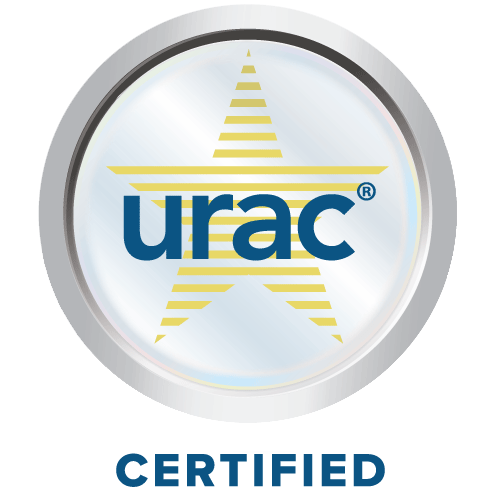When you have nausea and vomiting
Nausea - self-care; Vomiting - self-care
Having nausea (being sick to your stomach) and vomiting (throwing up) can be very difficult to go through.
Use the information below to help you manage nausea and vomiting. Also follow any instructions from your health care provider.
Symptoms and Causes
Causes of nausea and vomiting may include any of the following:
- Stomach or intestinal illness
- Pregnancy (morning sickness)
- Medical treatment, such as a cancer treatment or other medicines
- Emotions such as severe worry or stress
- Drugs such as marijuana and opioids
When you have nausea you do not want to eat. This can lead to unhealthy weight loss. Vomiting can make you dehydrated (dried out), which can be dangerous. Once you and your provider find the cause of your nausea or vomiting, you may be asked to take medicine, change your diet, or try other things to make you feel better.
How to Treat Nausea and Vomiting
Sit quietly when you feel nauseated. Sometimes moving around can make nausea worse.
To make sure your body has enough fluids try to drink 8 to 10 cups (2 to 2.5 liters) of clear liquids every day. Cold water is best. You can also sip fruit juices and flat soda (leave the can or bottle open to get rid of the bubbles). Try sports drinks to replace minerals and other nutrients you may be losing when you throw up.
Try to eat 6 to 8 small meals throughout the day, instead of 3 big meals:
- Eat bland foods. Examples are crackers, English muffins, toast, baked chicken and fish, potatoes, noodles, and rice.
- Eat foods with a lot of water in them. Try clear soups, popsicles, and Jell-O.
- If you have a bad taste in your mouth, try rinsing with a solution of baking soda, salt, and warm water before you eat. Use 1 teaspoon (5 grams) baking soda, 3/4 teaspoon (4.5 grams) salt, and 4 cups (1 liter) warm water. Spit out after rinsing.
- Sit up after you eat. Do not lie down.
- Find a quiet, pleasant place to eat, free of odors and distractions.
Other tips that may help:
- Suck on hard candies or rinse your mouth with water after vomiting. Or you can rinse with the baking soda and salt solution above.
- Try to get outside for some fresh air.
- Watch a movie or TV to take your mind away from your nausea.
Your provider may also recommend medicine:
- Anti-nausea medicines usually start working 30 to 60 minutes after you take them.
- When you come home after being treated with cancer medicines, you may want to use these anti-nausea medicines regularly (on a schedule) for 1 or more days. Or, use them when nausea first starts. Do not wait until you feel very sick to your stomach.
If you are vomiting after taking any of your medicines, tell your provider or nurse.
Things You Should Avoid
You should avoid some specific kinds of foods when you have nausea and vomiting:
- Avoid greasy and processed foods, and foods that contain a lot of salt. Some of these are white breads, pastries, doughnuts, sausage, fast-food burgers, fried foods, chips, and many canned foods.
- Avoid foods with strong smells.
- Avoid caffeine, alcohol, and carbonated drinks.
- Avoid very spicy foods.
- Dairy products may add to gassy feeling and diarrhea.
When to Call the Doctor
Contact your provider if you or your child:
- Cannot keep any food or liquid down
- Vomit three or more times in one day
- Have nausea for more than 48 hours
- Feel weakness
- Have fever
- Have stomach pain
- Have not urinated for 8 hours or more
References
Bonthala N, Wong MS. Gastrointestinal diseases in pregnancy. In: Landon MB, Galan HL, Jauniaux ERM, et al, eds. Gabbe's Obstetrics: Normal and Problem Pregnancies. 8th ed. Philadelphia, PA: Elsevier; 2021:chap 53.
Hainsworth JD. Nausea and vomiting. In: Niederhuber JE, Armitage JO, Kastan MB, Doroshow JH, Tepper JE, eds. Abeloff's Clinical Oncology. 6th ed. Philadelphia, PA: Elsevier; 2020:chap 39.
Rengarajan A, Gyawali CP. Nausea and vomiting. In: Feldman M, Friedman LS, Brandt LJ, eds. Sleisenger and Fordtran's Gastrointestinal and Liver Disease. 11th ed. Philadelphia, PA: Elsevier; 2021:chap 15.
Review Date: 7/15/2024


